
For decades, law firms have thrived on a simple equation: expertise + hours = service. The business of law has been almost entirely labor-driven, with lawyers’ billable hours as the primary unit of value.
Unlike other industries, law firms haven’t accumulated capital assets that work for them independently – no factories, no patents producing royalties, no product lines scaling revenue beyond the human lawyers on staff. Legal services have remained a bespoke, one-to-one endeavor, resistant to the productivity booms seen elsewhere.
Today, we stand at the dawn of a new era. For the first time, law firms can build proprietary capital assets with enduring value, thanks to AI. Just as the industrial age gave manufacturers machines that magnified output, the AI age is giving law firms tools that capture their knowledge and multiply their impact.
This shift has profound implications: it promises to transform the business of legal services from a purely service-oriented model into one augmented by productivity engines and intellectual capital assets that grow in value over time. This change is so transformative that law firms investing early in AI-driven workflows and tools will gain a meaningful compounding advantage in the legal market.
From Labor-Driven to Asset-Powered: A Historic Shift in Legal Services

Historically, the value of a law firm “went home every night.” Firms rose and fell on the expertise of their people, and scaling meant adding more lawyers or raising billing rates. Unlike a tech company that might build a piece of software or a manufacturer that owns equipment, law firms had few tangible assets beyond their reputations and work product (which was custom-made and case-specific). The notion of capital formation – building an asset base that delivers value apart from human labor – was largely absent in law.
AI is changing that paradigm. With modern AI, a firm can encapsulate its expertise into systems and software.
For example, a firm might develop a custom AI model trained on its workflows, which can draft work products in the firm’s distinctive style. Or it might automate a multi-step legal process (like due diligence or litigation triage) into a repeatable AI-driven workflow that junior lawyers or even clients can leverage. These AI-driven tools become lasting assets for the firm: they do work, create value, and improve over time with continued use, even when lawyers are not actively billing hours.
We’re already seeing leading firms move in this direction. Pioneering law firms are investing heavily in legal technology to build proprietary solutions that set them apart. According to a Bloomberg Law report, major firms like A&O Shearman, Cooley, and Orrick have taken a hands-on approach, developing their own software and even investing in legal tech startups to remain competitive.
Cooley, for instance, built a compliance automation platform (“Vanilla”) in-house rather than buying off the shelf, underscoring a mindset shift: as Cooley’s innovation officer noted, “every company today is a software company—law firms should be no different”. These firms are effectively turning legal know-how into tech assets. The difference now, however, is that hardcore technical expertise is not required to build highly valued assets, especially with tools like AI workflow builders and many others.
This shift from a labor-based model to an asset-powered model is historic for our industry. It means a law firm’s value can increasingly lie in what it has built – its unique databases, AI models, automated workflows, and knowledge platforms – not just in the services its people can deliver one matter at a time.
AI: A Differentiator, Not Just a Democratizer (Yet)
It’s often said that AI will “democratize” expertise, leveling the playing field. There is truth to that in the long run – basic AI tools are becoming widely available, and even small firms can access tools that were once the preserve of BigLaw. However, in the near term, AI is poised to be a major differentiator between firms.
Early and deep investment in AI won’t just raise efficiency; it will create winners and losers. In fact, in a recent industry survey, 65% of law firms agreed that effective use of generative AI will separate the successful firms from the unsuccessful ones in the next five years. The message is clear: those who seize AI early stand to gain a competitive edge that latecomers will struggle to catch up to.
Why isn’t AI an equalizer right now? Because gaining meaningful advantage from AI requires more than subscribing to a service. It demands integration, customization, and vision. Any lawyer can experiment with a generic chatbot, but weaving AI deeply into a firm’s workflows – and fine-tuning it on proprietary data – is a complex endeavor. Firms that invest the time and resources to do this now will pull ahead. They’ll develop AI systems that not only accelerate routine tasks but also deliver insights and capabilities competitors can’t easily replicate.
Consider the current landscape: AI adoption in law is surging across the board, with over 70% of firms already using some form of AI and projections of 90% within a few years. Clients, too, are pressuring firms to incorporate AI for efficiency and cost-effectiveness. This broad availability of AI tools might suggest a leveling effect – and indeed, for commoditized tasks, a small firm using off-the-shelf AI can compete more effectively with larger firms. But the leveling effect only goes so far. As a Reuters analysis pointed out, for more complex, high-level AI applications – especially those like predictive analytics – larger firms may maintain an edge due to their ability to invest in more advanced tools.
In other words, basic AI capabilities will become commonplace, but sophisticated, firm-specific AI will become a key competitive differentiator.

Early adopters are already reaping reputational benefits as innovative problem-solvers, which helps them attract clients and talent. They are learning how to pair AI’s efficiency gains with new business models (for example, offering AI-assisted services at flat fees, which clients love, while maintaining healthy margins). These advantages tend to snowball.
Meanwhile, firms that remain cautious risk falling behind. As one legal tech CEO observed, “the window for firms to act is narrowing. Early adopters will gain a competitive edge, while laggards risk falling behind”.
The takeaway: AI is not a plug-and-play panacea that instantly makes everyone equal. It is a force multiplier, and those with the foresight to build with it now will multiply their lead. Far from leveling the field, AI in the next few years will likely widen the gap between forward-thinking firms and the rest.
The Compounding Advantages of Investing Early
One of the most important – and perhaps underappreciated – aspects of AI adoption is the compounding nature of its benefits. When your firm develops an AI-powered workflow or a fine-tuned model today, you are solving an immediate problem and planting a seed that will continue to grow. The more you use and refine that AI system, the more effective and specialized it becomes.
In essence, the AI learns and your organization learns alongside it. This creates a feedback loop that accelerates improvement over time, much like compound interest on an investment.
Let’s break down why early investment compounds advantages over time:
- Data Network Effects: AI systems improve with data. Firms that start integrating AI now can feed it years’ worth of internal data – from past case documents to client Q&As – which helps tailor the AI to the firm’s domain and clients. That proprietary data becomes a moat; a late-adopting competitor won’t easily catch up because they haven’t accumulated the same depth of training material and usage history.
- Process Refinement: Building AI into workflows is an iterative process. Early adopters will go through multiple cycles of trial, error, and improvement. By the time others get started, these pioneers will have optimized their workflows, discovered best practices, and ironed out kinks. Their machines and systems will be running smoothly, delivering results reliably, while latecomers are still on version 1.0.
- Cultural Adaptation: There’s also a human compounding effect. Introducing AI transforms how legal teams operate – it requires new skills, new collaboration models between attorneys and technology, and even new pricing approaches. Firms that begin this transformation early will have a cultural head start. Their people will be more adept at leveraging AI (making them more productive), and their business models will have evolved further to capture AI’s value (e.g. alternative fee arrangements that capitalize on AI efficiency). Late adopters, by contrast, will face a steeper learning curve not just with the tech, but with retraining staff and reorganizing processes.
Importantly, these advantages build on one another. Imagine Firm A and Firm B start today at the same level. Firm A invests early in a suite of AI tools, trains them on its internal knowledge, and rolls them out in key practice areas. Firm B holds back, perhaps waiting for the technology to mature.
Two years on, Firm A’s tools have handled thousands of transactions, its lawyers have adapted to new workflow efficiencies, and the firm has even developed a couple of unique AI-driven services for clients. Firm B is now trying to deploy off-the-shelf solutions that Firm A long ago surpassed.
The gap between them isn’t static; it’s widening. Firm A’s early move has unlocked a compounding lead – more data, more refined processes, more client trust in their innovative capabilities – that Firm B may never fully close.
The market indicators reinforce this trajectory. In 2024, the use of generative AI in law doubled, and 2025 is expected to bring further double-digit growth. Nearly half of lawyers surveyed say they plan to make AI central to their workflows in the next year. The firms that have already been through a year or two of serious AI integration are poised to leap ahead of those just now deciding to “see what this AI thing is about.”
Co-Development Beats Buying Off-the-Shelf
Given the competitive stakes, some firms might think the solution is simply to buy the latest AI software and plug it in. Purchasing technology is certainly part of the equation, but off-the-shelf software won’t suffice by itself in the long run. The most valuable AI solutions in law will not come out of a box – they will be co-created, blending cutting-edge technology with a firm’s unique expertise and data.
Here’s why simply buying a generic AI tool isn’t enough, and why co-developing proprietary, domain-specific capabilities with the right partners is crucial:
1. Generic Tools vs. Firm-Specific Intelligence
Off-the-shelf AI (like a general legal chatbot or document analyzer) is built for a broad user base. It can provide a baseline functionality that everyone has access to. That means whatever boost it gives you, your competitors can easily get the same. By contrast, when you develop AI on top of your own data and workflows, you create something unique.
For example, training an AI on your firm’s internal brief bank can allow it to draft memos that sound like your firm – reflecting the nuances of your approach to, say, employment law or M&A due diligence. That level of customization and nuance is not available in generic products. It becomes a proprietary asset: a model or system that only your firm has, because it’s built on your proprietary knowledge.
2. Integration and Workflow Automation
Buying a point solution might speed up one task. But the real value emerges when AI is woven into the fabric of your operations. This often means developing new workflows that link multiple tools and steps together.
For instance, imagine an intake process that automatically analyzes a client’s documents, identifies key issues, and generates a draft strategy memo for the partner – all orchestrated by AI agents across different platforms. No single product off-the-shelf will deliver that end-to-end result. It has to be configured and developed as a holistic workflow, likely in partnership with technologists or vendors who deeply understand your use case.
Law firms that co-develop these orchestrated workflows will create an engine that consistently produces high-quality work faster (and with less effort) than any rival simply using isolated tools.
3. Continuous Adaptation
The legal world isn’t static. Laws change, new types of deals emerge, and client preferences shift. A generic product updates on its own schedule and for broad requirements, but a co-developed solution can be iteratively improved in real time to adapt to your firm’s needs.
If your litigators discover a new way to leverage AI in brief writing, that innovation can be built into your system immediately. You’re not waiting for a vendor’s next release; you’re driving the evolution of the tool. In essence, you own the roadmap (or co-own it with a partner), targeting developments that matter most to you.

In the end, the law firms that pull ahead will be those that build, not just buy. It’s telling that even as some firms are content with pre-packaged software, many of the leaders – like the examples mentioned earlier – are pouring resources into building their own tools or heavily tailoring vendor platforms. They understand that differentiation comes from ownership.
To be clear, co-development doesn’t mean every firm must reinvent the wheel or code from scratch. It means working closely with technology providers who allow deep customization and collaboration. The goal is to combine the firm’s domain expertise with the vendor’s tech expertise to create something neither could alone.
When a platform is built to be extensible and adaptable, it acts as a foundation on which each firm can construct its own AI solutions. The vendor supplies the advanced AI engines and security/compliance scaffolding, while the firm brings its knowledge, data, and vision to train and shape those engines for its purposes.
This is precisely the model we embrace at Alexi. Our approach is not to drop a black-box tool into a firm and walk away, nor to offer a one-size-fits-all solution. Instead, we partner with firms to build on top of our platform, so that over time the firm accrues a library of AI-enhanced workflows and models that are theirs.
Alexi’s platform is designed to adapt to each firm’s standards and practices – it’s “compliance-first AI designed to adapt to your standards”. We enable firms to infuse their own knowledge into the AI: Alexi “taps into firm knowledge to turn disjointed legal work into repeatable, orchestrated processes – defined by how your firm thinks”.
In practical terms, that might mean a firm uses Alexi to automate the creation of research memos that reflect its unique perspective, or to build a Q&A bot that knows the firm’s internal policies and preferred advice for clients. The key is that the firm is building a proprietary asset on our platform. The longer they use it, the more their internal AI asset grows in capability and value, much like a wise investment accruing interest.
Our clients tell us this is exactly what makes the platform compelling. They’re not just buying software; they’re building their own institutional AI memory, securely and privately. (In our case, deployments can be fully private to the firm, ensuring data stays in-house.)
Each firm essentially gets its own AI, on its own data. And as a result, two firms using Alexi might end up with very different, highly specialized tools, each a reflection of the expertise and creativity of those organizations. This co-development model means that the benefits of AI investment truly accrue to the firm as a capital asset. Building capabilities that compound within the firm is the key to long-term value from AI tools.
Conclusion: A Call to Build, Not Wait
The legal services market is entering a new era – one where capital formation through AI will become a critical differentiator. For the first time, a law firm’s competitive advantage won’t be limited to the quality of its people; it will also include the quality of its machines: the AI-driven systems and processes that amplify what its people can do.
This shift is transformative. It promises a future where firms can break the old trade-off between quality and efficiency, scale their expertise without linear growth in headcount, and offer clients innovative products (not just services) derived from years of intellectual capital.
However, with great opportunity comes urgency. As I’ve outlined, the playing field will not remain level. Firms that invest early and deeply in AI will accumulate advantages that late adopters may never overcome. Their AI assets will mature and improve, their talent will be fluent in leveraging these tools, and their client offerings will evolve from a position of strength. Latecomers will face a formidable uphill battle, trying to catch competitors who are effectively using both brains and machines to drive outcomes.
To my fellow law firm leaders and partners: the time to act is now. This is our moment to embrace capital entrepreneurship in legal services. Don’t fall into the trap of complacency, assuming that buying a few AI licenses next year will keep you in the game. Instead, start building today:
- Set a vision for what proprietary AI assets your firm should develop. Identify areas where a customized AI tool or workflow could give you a competitive edge or unlock a new service model.
- Invest in talent and partnerships. Bring in or train tech-savvy legal professionals who can bridge law and technology. Choose technology partners who offer collaboration and customization, not just off-the-shelf products.
- Begin the pilot projects that will become your firm’s AI foundation. Each project – whether automating a routine memo or developing a smart document review pipeline – is a building block in your future asset base. Measure results, learn, and iterate.
- Champion a culture of innovation. As the firm’s leaders, signal that building AI-powered capabilities is a strategic priority. Reward teams that find new ways to leverage AI for better client service. Encourage knowledge-sharing so that successes in one practice group can be replicated in others.
Most importantly, reimagine your firm not just as a service provider, but as a creator of legal solutions. In this new era, the firms that thrive will be those that combine the timeless strengths of great lawyering – judgement, creativity, client trust – with the power of AI-driven assets that enhance and scale those strengths.
At Alexi, we are excited to be on this journey with so many forward-thinking firms. I write this with both urgency and optimism. Urgency, because the window of opportunity to set yourself apart is open now, and it will close faster than many realize. Optimism, because I truly believe we’re about to see an incredible wave of innovation in legal services, led by those who dare to build.
The call to action is clear: start building your firm’s AI capital assets today. The tools are ready, the market is waiting, and the rewards will be lasting. Those who answer this call will help redefine the business of law – and will secure their place at its forefront, for years to come.
Let’s get started. The future of our industry is ours to invent, and now is the time to invest in the ideas and technologies that will carry us forward.
In the age of AI, the firms that build will be the firms that lead.
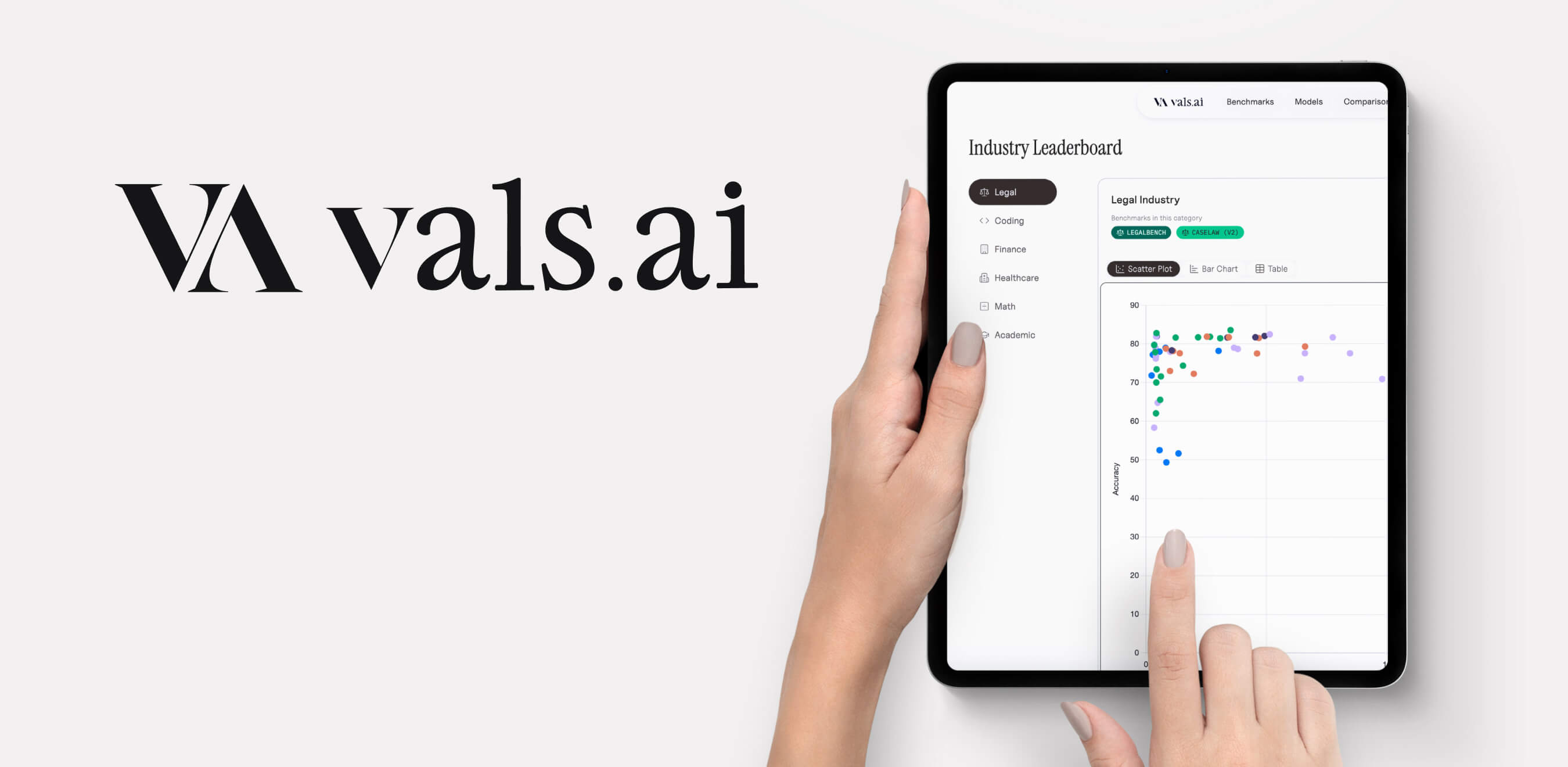
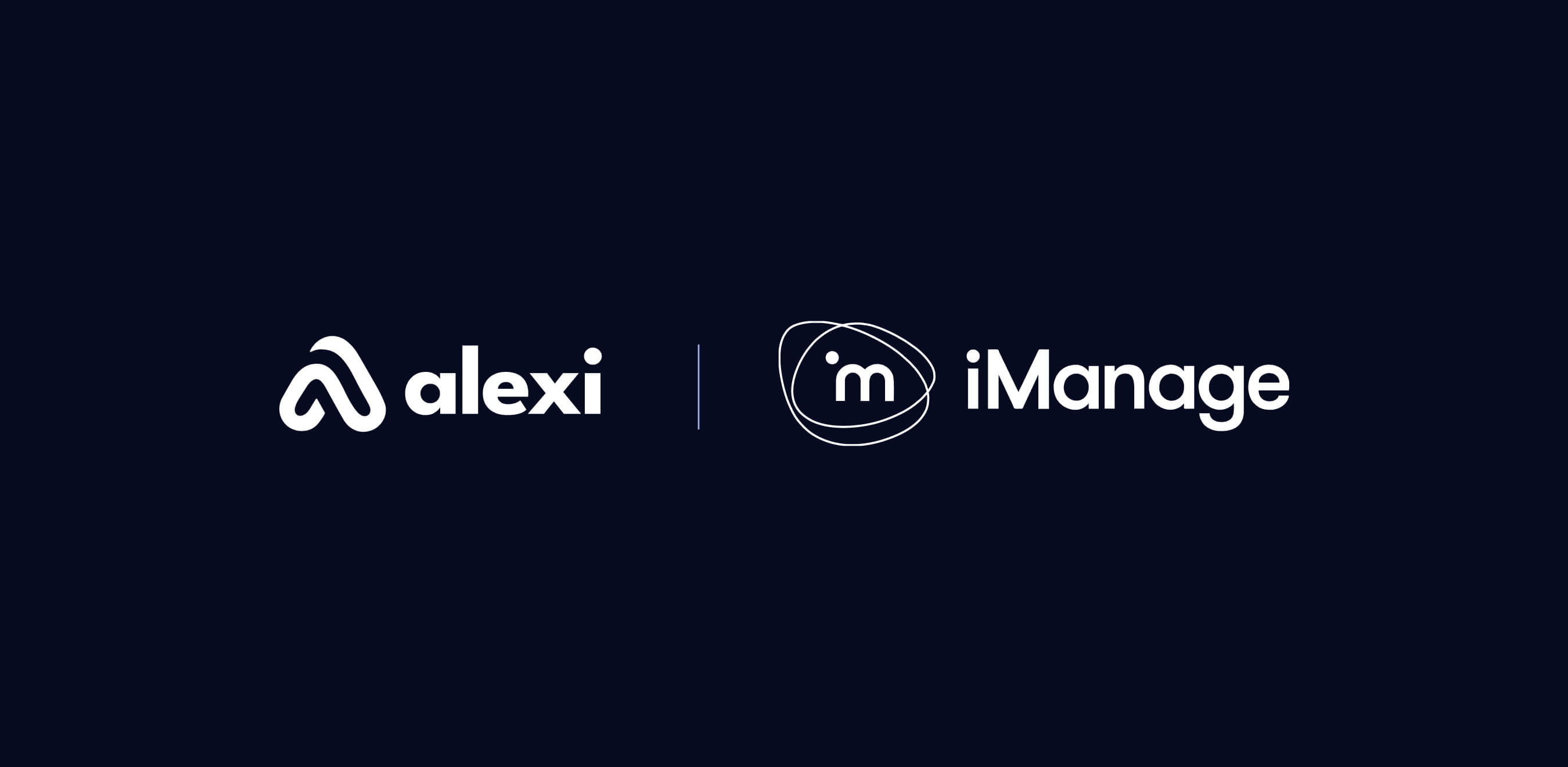
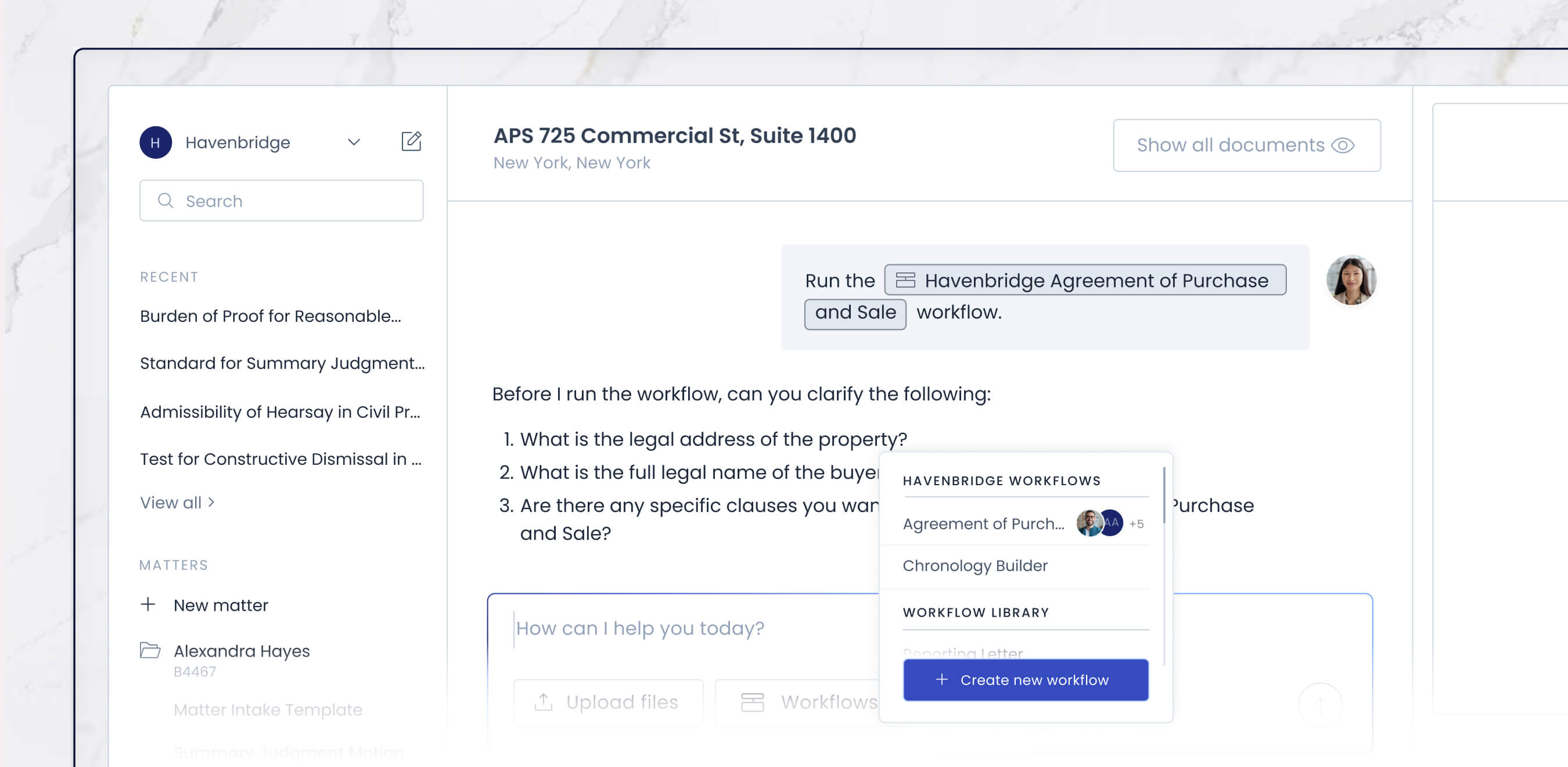

.avif)





.avif)

.jpeg)

%2520(1).jpeg)

.avif)

.avif)

.avif)

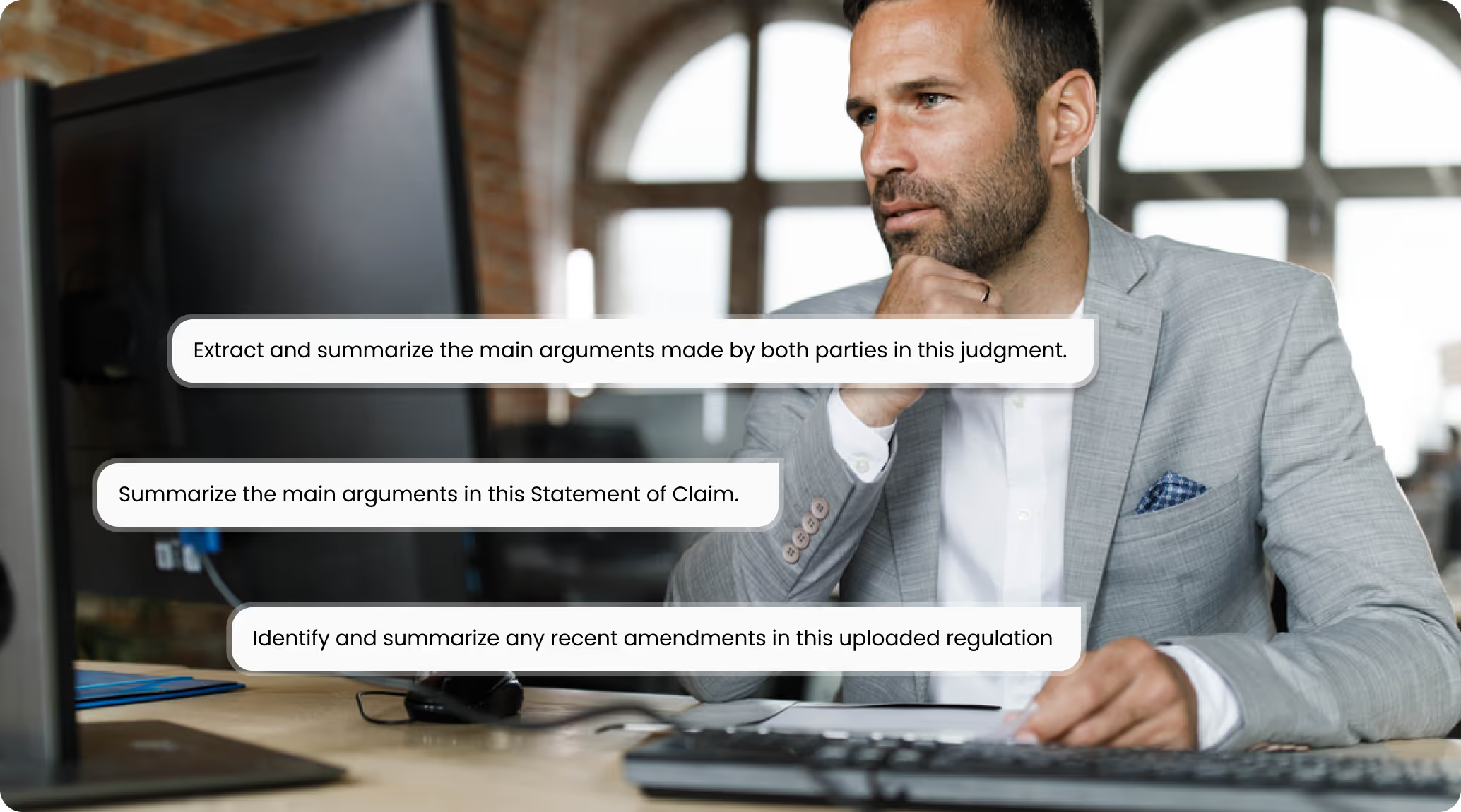

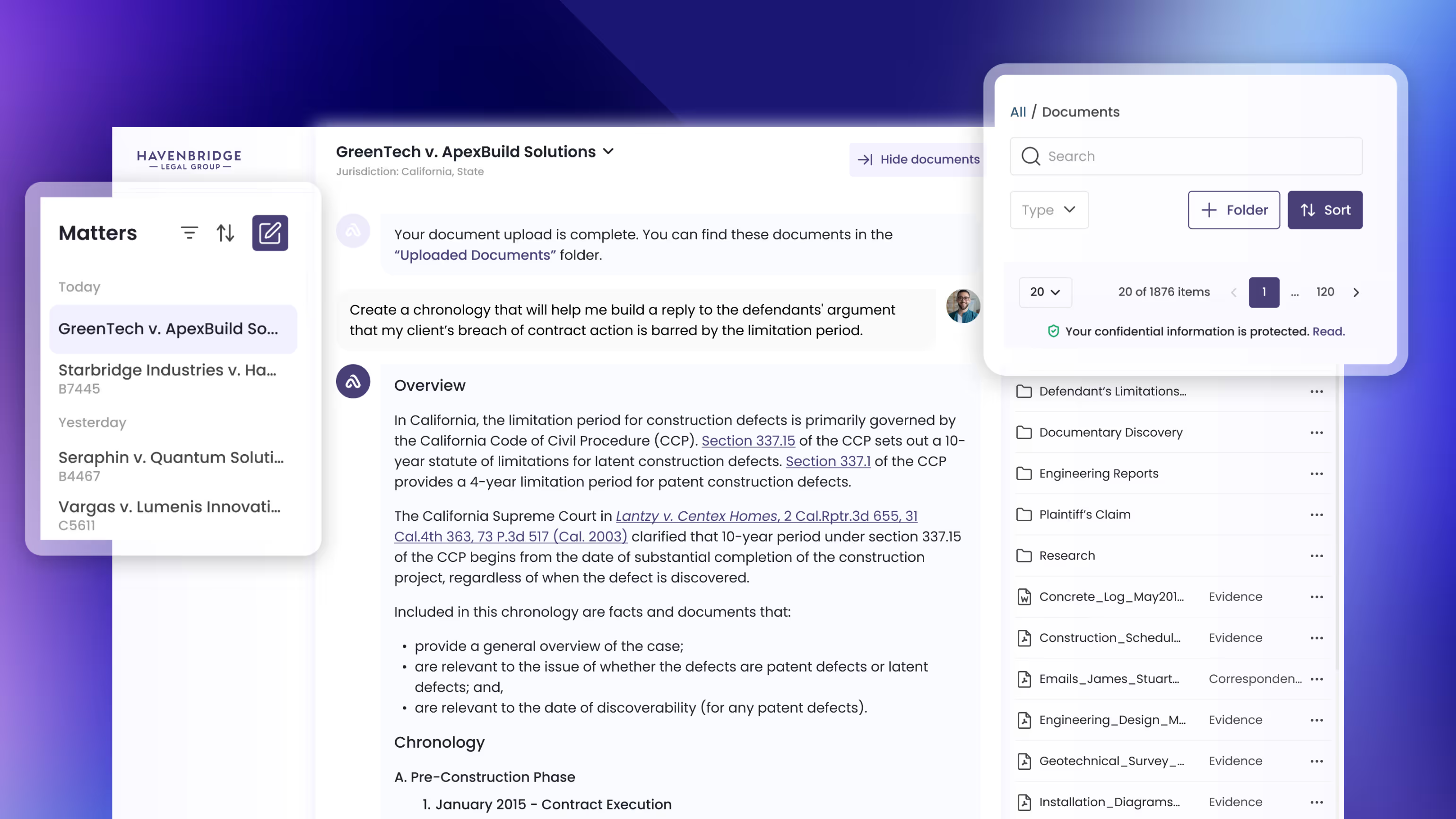
.avif)
.avif)


.avif)
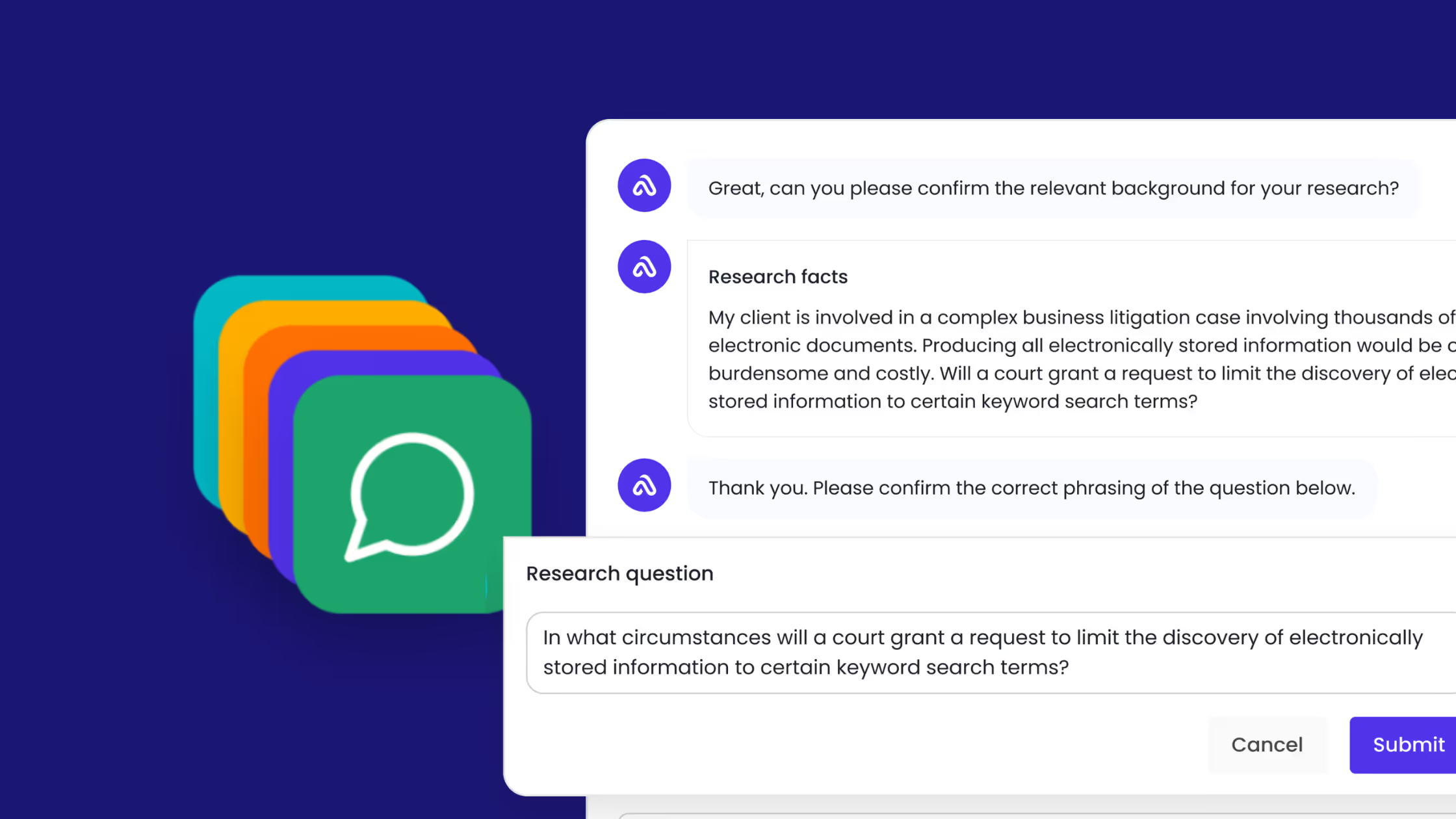


.avif)

.avif)


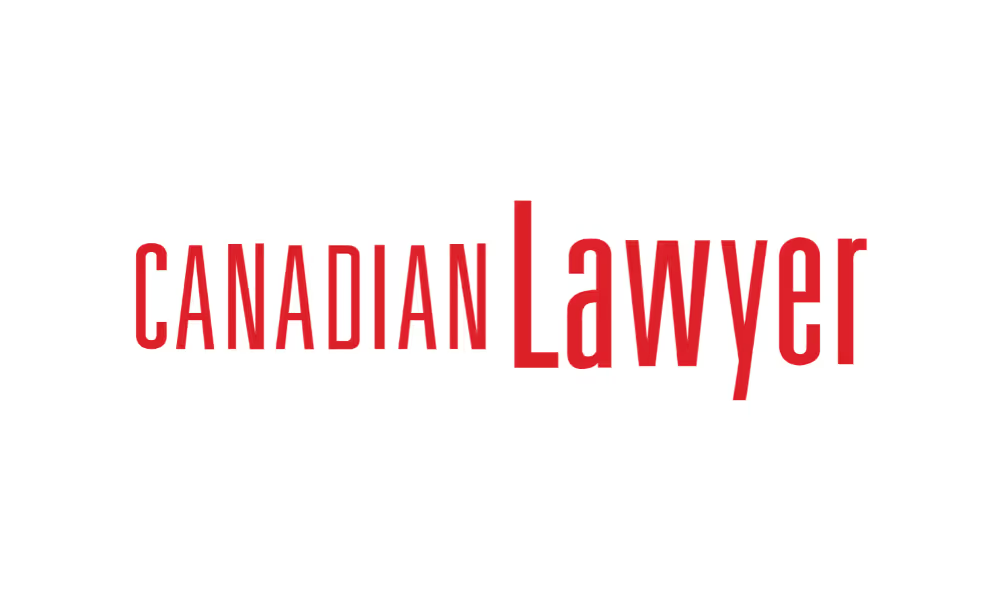



.avif)

-min%25252520(1).avif)









